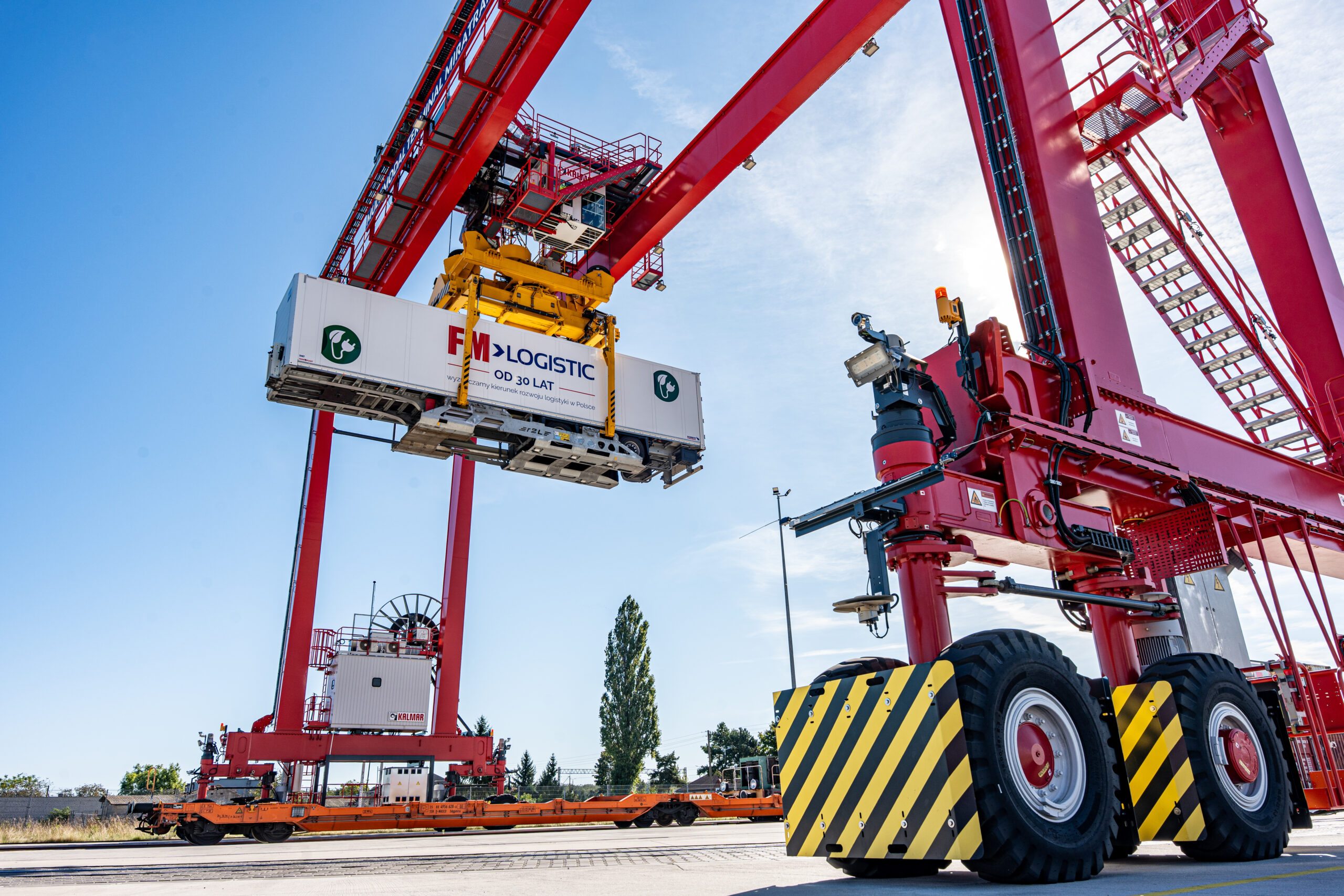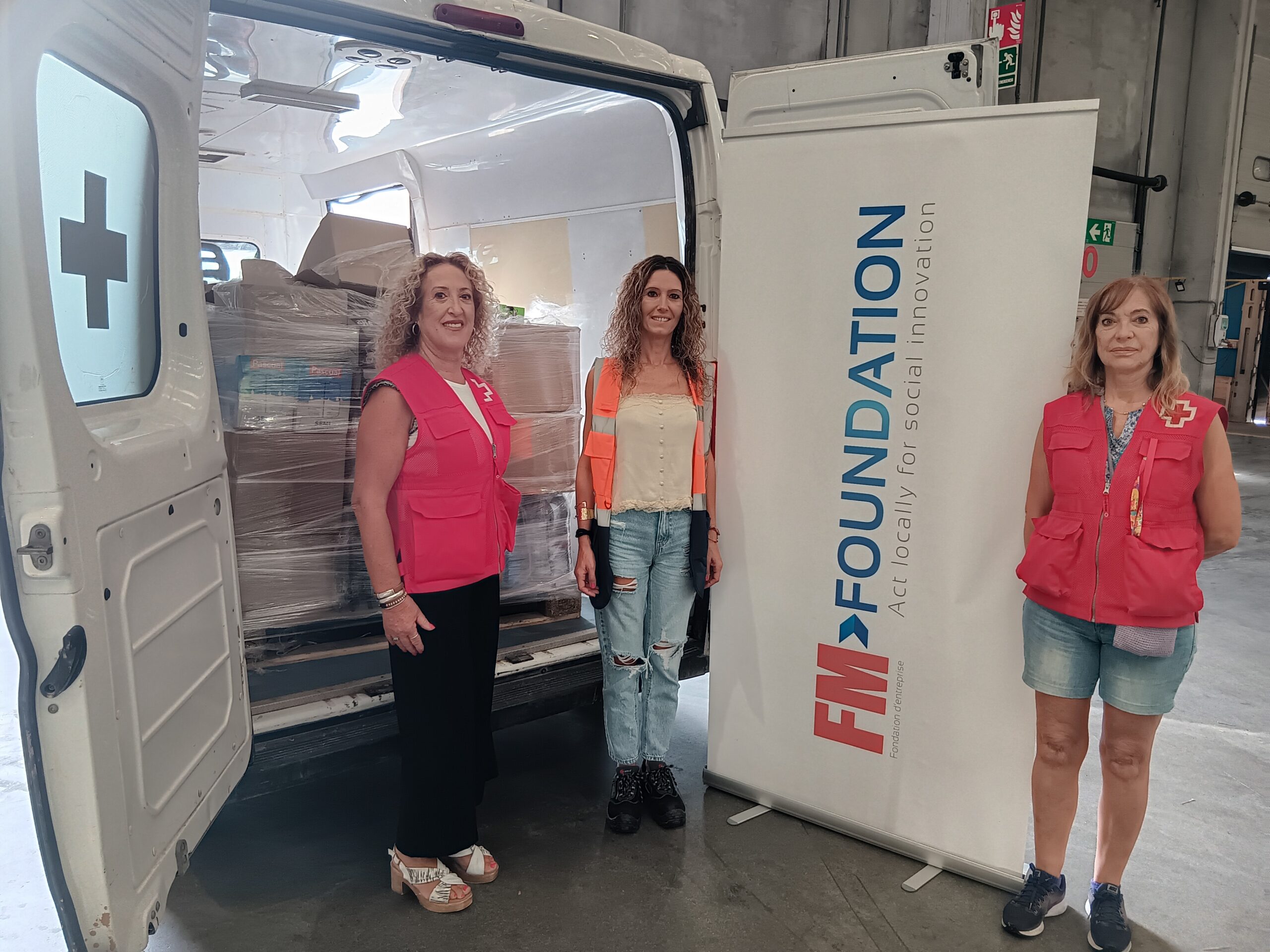FM Logistic Is launching a new intermodal connection between Krzewie and Dourges. The route links rail and road transport, enabling regular deliveries to northern France and the Paris region.
Intermodal transport steadily gains importance in European logistics. Several factors contribute to this trend, including a shortage of drivers, the necessary reduction of road infrastructure congestion, and increasing regulatory requirements related to sustainability. According to FM Logistic estimates, each journey on the Krzewie–Dourges route reduces CO₂ emissions by 1.8 tonnes on average, which translates into an approx. 68 per cent reduction compared to road transport alone.
– Intermodal transport is our solution to two key challenges facing the industry: the need to reduce the carbon footprint and the growing difficulties in obtaining drivers and vehicles. By combining rail and road transport, not only do we significantly reduce CO₂ emissions, but also provide continuity of supply in the face of limited capacity in the market. Additionally, with our Friday departures from Poland, we can deliver to France at the beginning of the week – a solution hardly achievable by road transport, yet often expected by our customers – emphasises Łukasz Łasa, Intermodal Transport Manager at FM Logistic.
The new connection fits into FM Logistic’s overall strategy for developing intermodal services. The operator already provides transport services between Poland and Germany, the Netherlands, Spain, Portugal, and the United Kingdom, as well as handles transport within the Belt and Road Initiative. As a result, customers have access to a variety of routes and flexible solutions tailored to the cargo types and delivery destinations. Last year, FM Logistic also launched daily connections between Valenton and Avignon – operating between warehouses located in northern and southern France. Along this route, there is alternating service in both directions. The train travels at speeds of up to 140 km/h, making this connection faster than road transport.
Intermodal transport has applications in many different sectors, from industry, cosmetics, retail, and clothing to pharmaceuticals. Whether it’s viable or not depends on factors such as the number of shipments per week, transport destinations, and the accessibility and
connectivity of the terminal to the load location. The greater the volume and the longer the distance, the higher the efficiency of this transport model.
-From the clients’ standpoint, additional services such as load consolidation, customs clearance, contract logistics, and even full supply chain management also matter. At FM Logistic, we can provide all these components as a package, which allows for increased operational and cost efficiency – explains Łukasz Łasa.
The launch of the Krzewie–Dourges route aligns with the general trend of reinforcing the intermodal transport role in Europe. Looking ahead, with growing emission costs and restrictions on road transport, we can expect this transport model to become increasingly important in the logistics strategies of many companies.



